If you’ve ever been on a Carnival cruise—especially the short ones out of Long Beach to Ensenada—you know there are …

Bitz News is a leading source for entertaining video news. Watch latest top videos on Bitz News.

If you’ve ever been on a Carnival cruise—especially the short ones out of Long Beach to Ensenada—you know there are …

Rumors spread fast in Baja, faster than a Trophy Truck on the dry lake beds. The latest? That the legendary …
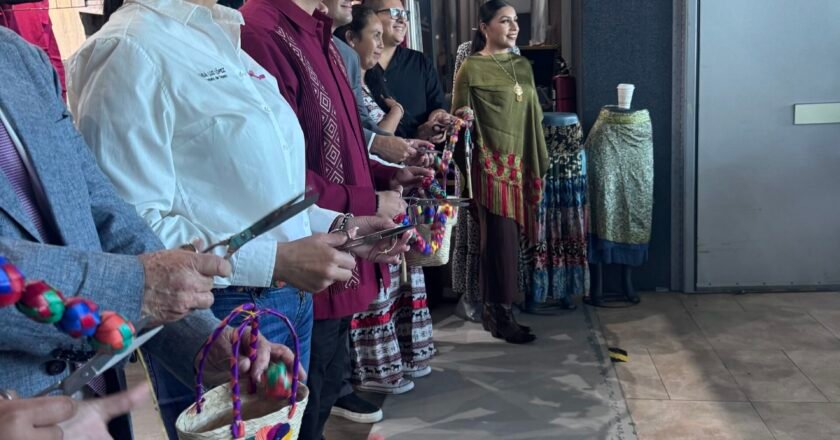
A Ribbon Cut with Soul At exactly 12:30 p.m. on September 12, the air at the Baja California Center wasn’t …
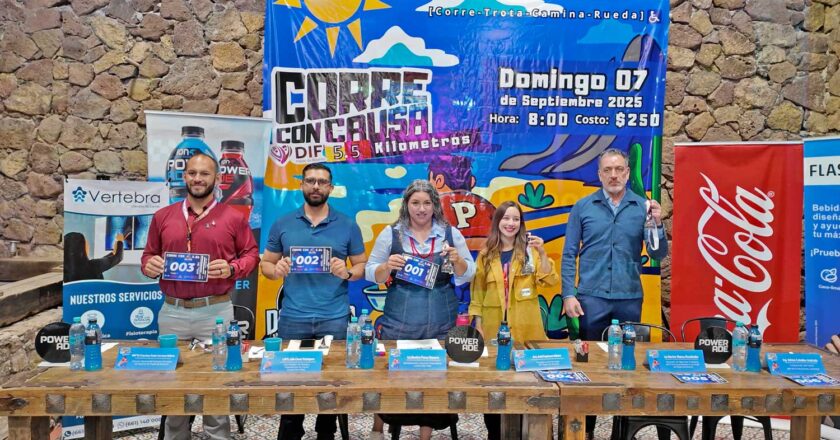
Rosarito is lacing up its running shoes — or maybe just its walking shoes — for the first ever Corre …
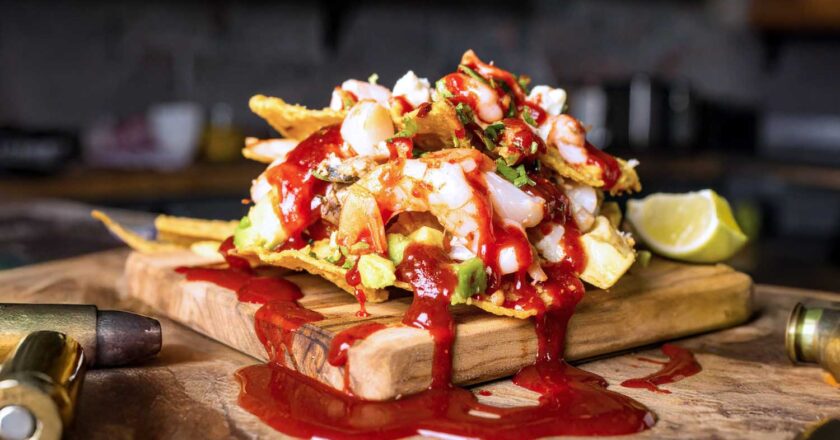
We pride ourselves on bringing you No Bad News. That’s the deal. But some truths demand an exception. Today, we …
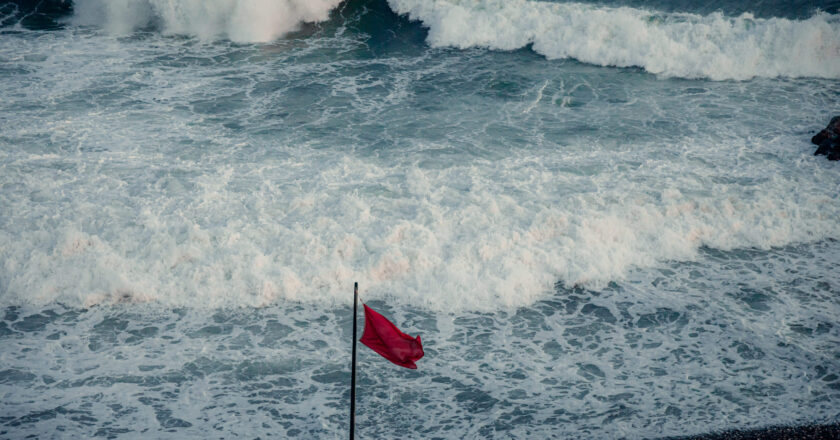
Baja California México – July 29 and 30, 2025. A massive 8.7 magnitude earthquake off Russia’s east coast triggered tsunami …
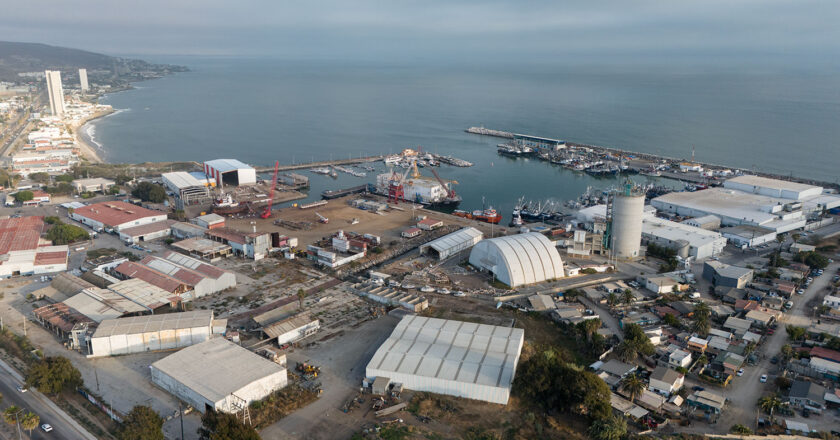
If you were planning on sipping a cocktail while watching whales off the coast of El Sauzal—might want to do …
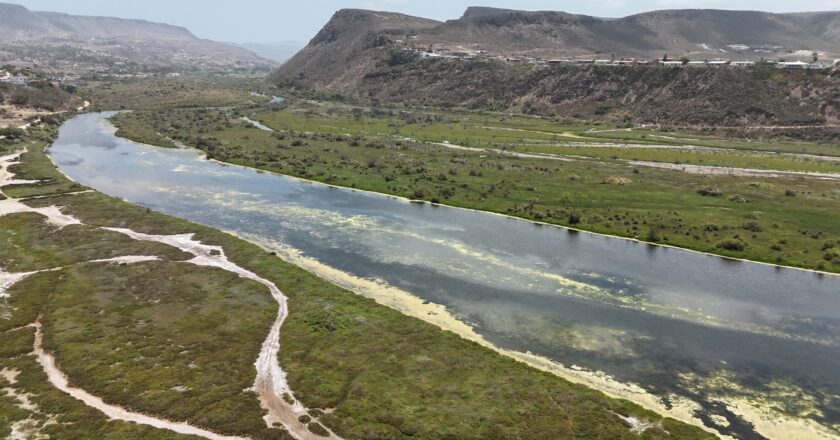
Just a short drive south of Rosarito and 35 kilometers north of Ensenada, tucked between the waves of the Pacific …
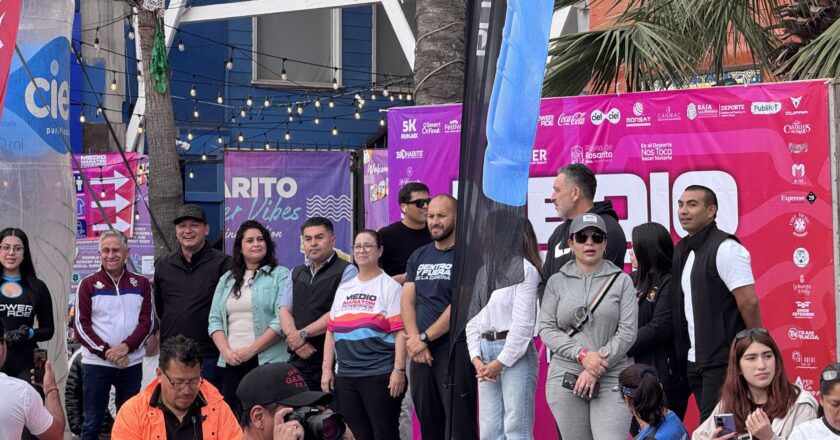
Running Toward Community: Rosarito’s Half Marathon Was More Than Just a Race ROSARITO, B.C. — The streets of Rosarito were …